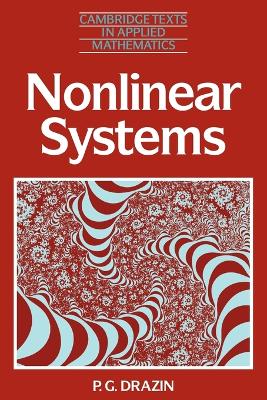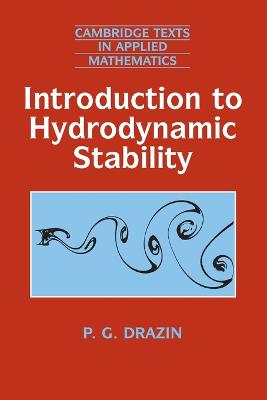Cambridge Texts in Applied Mathematics
3 total works
The theories of bifurcation, chaos and fractals as well as equilibrium, stability and nonlinear oscillations, are part of the theory of the evolution of solutions of nonlinear equations. A wide range of mathematical tools and ideas are drawn together in the study of these solutions, and the results applied to diverse and countless problems in the natural and social sciences, even philosophy. The text evolves from courses given by the author in the UK and the United States. It introduces the mathematical properties of nonlinear systems, mostly difference and differential equations, as an integrated theory, rather than presenting isolated fashionable topics. Topics are discussed in as concrete a way as possible and worked examples and problems are used to explain, motivate and illustrate the general principles. The essence of these principles, rather than proof or rigour, is emphasized. More advanced parts of the text are denoted by asterisks, and the mathematical prerequisites are limited to knowledge of linear algebra and advanced calculus, thus making it ideally suited to both senior undergraduates and postgraduates from physics, engineering, chemistry, meteorology etc. as well as mathematics.
A 'soliton' is a localized nonlinear wave of permanent form which may interact strongly with other solitons so that when they separate after the interaction they regain their original forms. This textbook is an account of the theory of solitons and of the diverse applications of the theory to nonlinear systems arising in the physical sciences. The essence of the book is an introduction to the method of inverse scattering. Solitary waves, cnoidal waves, conservation laws, the initial-value problem for the Korteweg-de Vries equation, the Lax method, the sine-Gordon equation and Backlund transformations are treated. The book will be useful for research workers who wish to learn about solitons as well as graduate students in mathematics, physics and engineering.
Instability of flows and their transition to turbulence are widespread phenomena in engineering and the natural environment, and are important in applied mathematics, astrophysics, biology, geophysics, meteorology, oceanography and physics as well as engineering. This is a textbook to introduce these phenomena at a level suitable for a graduate course, by modelling them mathematically, and describing numerical simulations and laboratory experiments. The visualization of instabilities is emphasized, with many figures, and in references to more still and moving pictures. The relation of chaos to transition is discussed at length. Many worked examples and exercises for students illustrate the ideas of the text. Readers are assumed to be fluent in linear algebra, advanced calculus, elementary theory of ordinary differential equations, complex variables and the elements of fluid mechanics. The book is aimed at graduate students but will also be very useful for specialists in other fields.


